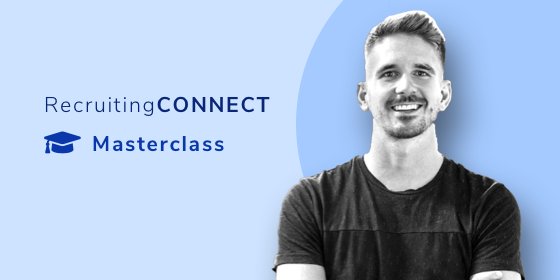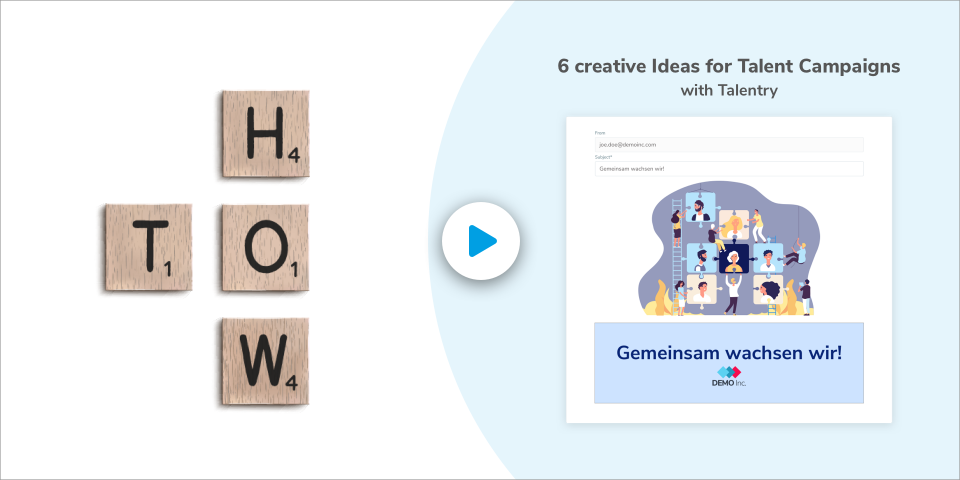The Evolution of Employee Referrals: Using social advocacy to build a better quality, more diverse workforce

What is candidate quality?
Candidate quality is about cultural fit, not just skills. As organizations evolve, they need talent that will grow with the business, ideally across a variety of roles. I ran a session a while back for The Recruitment Events Company on this very topic and with 25+ companies present, all very different from each other in terms of size, industry, etc. we couldn’t reach an agreement on a single “list” of desired attributes. Diversity, meanwhile, is constantly evolving, especially in the age of social media, which enables multiple connections across a multitude of different groups.
Refer-a-friend—then and now
I ran my first ever “refer-a-friend” scheme in 1997 at a global pharmaceutical company – a very traditional approach to marketing with posters on the backs of toilet doors, desk-drops, and a financial reward when someone started with the organization. The outcome: a short-term spike whilst the campaign was fresh in employees’ minds…and nothing for 11 months until we ran it again!
The campaign did nothing to improve diversity. In fact, it may even have had a negative impact. But that was hardly unexpected. The target market was primarily white, largely male, almost exclusively graduates, and generally privileged. Where there was any gender diversity it tended to be in administrative roles…and the candidates we attracted were white females! Every so often we did see a “diversity” candidate – a female in the finance management team or an Asian woman in the sales force. But they were few and far between. And it’s not difficult to see why…take me as an example!
I was typical of the privileged, white, male graduates we attracted–although, as the only male in HR, I was a diversity hire!!–and that reflected the composition of my friendship group back then, which was mostly white with a degree and generally heterosexual, with just a “smattering” of diversity.
If, however, the same scheme had been run by my father when he was in his mid-20s, his friendship group would have been almost exclusively white, Conservative voters with professional qualifications. Sure, the group would have diversified as its members divorced, remarried, came out, traveled, etc. But essentially it was substantially less diverse than my friendship group at the equivalent age.
Now, look at my kids. There is a constant flow of teenagers through our door and at times it’s a bit like a meeting of the United Nations, despite living in an area that voted “Leave” in the EU referendum. My eldest daughter’s best friend lives in social housing and her parents both left school at 16 and work in “blue-collar” roles. Her broader friendship group includes three openly gay males and about half the group are non-white. My youngest daughter numbers amongst her friends a girl who is gender-transitioning, two openly gay males, and two children for whom autism is a daily challenge alleviated by friends who accept and support them – and the group is less than half white.
This is a simple snapshot of three generations in one family, but I can’t help but apply it to our broader environment – extended family, the children of friends of friends, the modern dance class, the nursery we walk past most days. Across each generation, without intervention and perhaps just through natural evolution, our offline networks have become naturally more accepting and encouraging of diversity. And digital has made an exponential difference. There are plenty of issues with social media, but by its very nature, it is more reflective of the broader demographics of society than our own offline networks.
An opportunity too good to miss
Clearly, social must be a key part of your recruitment campaign. With Diversity and Inclusion (D&I) top of mind, leveraging employees’ social media networks to source the right talent is too good an opportunity to miss. Attracting the right talent (via referral) will benefit the business long-term, not only through diversification but also because referred candidates typically stay longer than those hired via other, more traditional channels, as do the employees who make the referrals.
I like the concept of social advocacy – where your employees naturally talk about your organization and share content, including, but not limited to, jobs. This puts your organization (and your roles) in front of a really socially diverse audience – not just your employees’ direct networks, but also connections of connections. We used to think there were never more than six steps of separation from anyone in the world…but I’ve heard recently that this is now about 3.5 steps. And it’s all thanks to social media.
Making the most of social
But how do you make the most of social? How should you engage your employees to attract the right quality talent from their unprecedentedly broad and diverse social networks?
- Encourage them by simplifying the process for sharing D&I-specific campaigns, e.g. content promoting females in a specific role
- Further, incentivize employee engagement by introducing gamification
- Identify key stakeholders as ambassadors and the departments/locations that are most engaged
- Educate employees about your EVP and create transparency for internal vacancies
- Broaden the audience and potential reach (additional shares/multiple clicks); 2nd and 3rd connections become more diverse
- Attract quality candidates by providing great context (vacancies supported by content) underpinned by authenticity
It has been said that we already know of the next person we are going to hire, which is no surprise given the combined power of our offline and online networks. Now, furthermore, that person is likely to come from a socially diverse background: the key to a more balanced workforce from a D&I perspective.





.png)


